Poker Basics
Before one can explore the nuances of poker strategy and etiquette, understanding the fundamentals of poker is crucial. This section aims to provide an introduction to the game and explore the different variants that make poker such a richly diverse and globally loved game.
Understanding the Game of Poker
Poker is not just a game of chance; it’s a game of skill, strategy, and psychology. It’s about outsmarting your opponents, managing risks, and making decisions under pressure. At its core, poker is a card game where players wager over which hand is best according to the rules of the specific game being played.
Each poker game usually involves a standard 52-card deck and a certain number of players (typically between 2 and 10). The goal of the game is to win the pot — the sum of money bet by all players in a hand. Players win the pot either by having the best hand at the end of the betting rounds or by convincing other players to fold their hands.
Poker hands consist of five cards, and their rankings are determined by predefined rules. For a comprehensive understanding of how cards are valued in poker, refer to our guide on poker hand rankings.
Different Types of Poker
There are several types of poker, each with its own set of rules and strategies. Here are some of the most popular variants:
- Texas Hold’em: This is the most popular form of poker worldwide. Each player is dealt two private cards, and five community cards are dealt face-up on the ‘board’. The player with the best five-card hand (or the last player remaining after all others have folded) wins the pot.
- Omaha: Similar to Texas Hold’em, but players are dealt four private cards and must make their best hand using exactly two of them, plus exactly three of the five community cards.
- Seven-Card Stud: Once the most popular poker variant, players are dealt seven cards throughout the hand, but only the best five-card hand possible for each player is used to determine the winner.
- Five-Card Draw: One of the simplest forms of poker, this variant is often used to teach beginners the basics of the game. Each player is dealt five private cards, and can attempt to exchange one or more of them in a bid to improve their hand.
| Poker Type | Number of Private Cards | Number of Community Cards |
|---|---|---|
| Texas Hold’em | 2 | 5 |
| Omaha | 4 | 5 |
| Seven-Card Stud | 7 | 0 |
| Five-Card Draw | 5 | 0 |
Each poker variant offers a unique set of rules and strategies, adding a distinct flavor to the game. As you begin to understand the basics of how to play poker, you can explore these different types and find the one that suits your style the best. For more in-depth understanding, refer to our articles on poker starting hands and poker terminology.

Poker Hand Rankings
Understanding poker hand rankings is a fundamental part of learning how to play poker. This involves recognizing the value of individual cards and understanding how these combine to form different poker hands.
The Value of Cards
In most poker games, the standard 52-card deck is used. Each card has a specific rank with the Ace being the highest and the 2, often referred to as a “deuce”, being the lowest. Here’s a breakdown of the card values:
| Card | Value |
|---|---|
| Ace (A) | Highest/Lowest |
| King (K) | Second Highest |
| Queen (Q) | Third Highest |
| Jack (J) | Fourth Highest |
| 10 – 2 | Descending Order |
It’s important to note that in all these poker games, the Ace can also be used as a low card, ranking below the 2. This is usually specified in the rules of the game you’re playing.
Ranking of Poker Hands
In poker, the objective is to have the best hand at the table. The ranking of poker hands from highest to lowest is as follows:
#1 – Royal Flush
The highest possible hand in poker, consisting of the Ace, King, Queen, Jack, and Ten of the same suit.
 A♠️ |  K♠️ |  Q♠️ |   J♠️ | 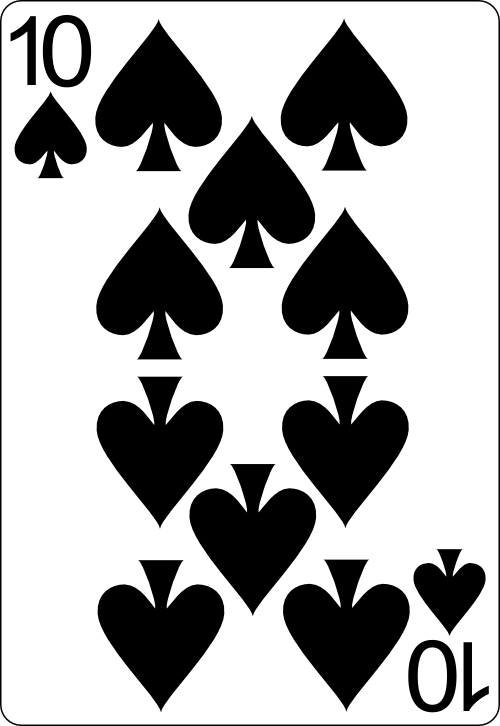   10♠️ |
#2 – Straight Flush
Five consecutive cards of the same suit.
   5♠️ |   6♠️ | 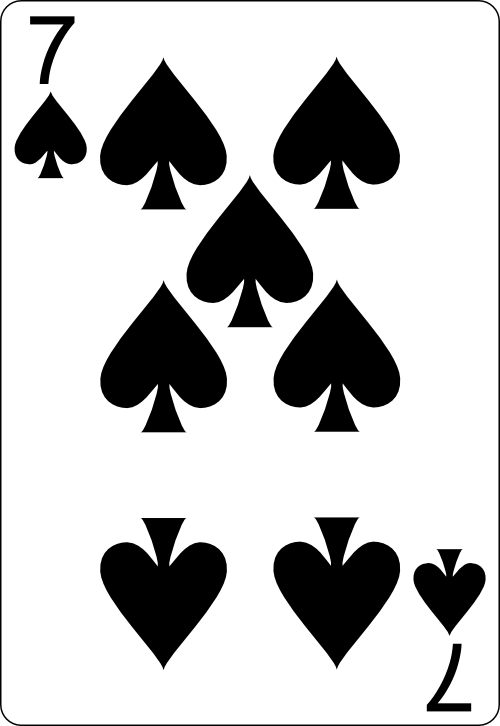   7♠️ | 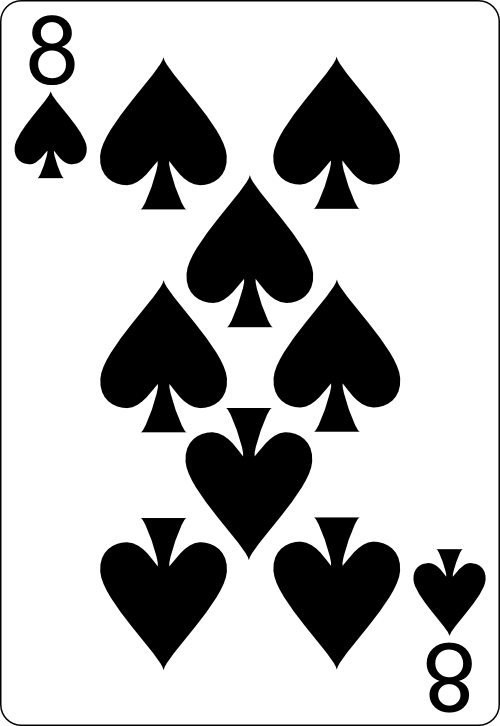  8♠️ | 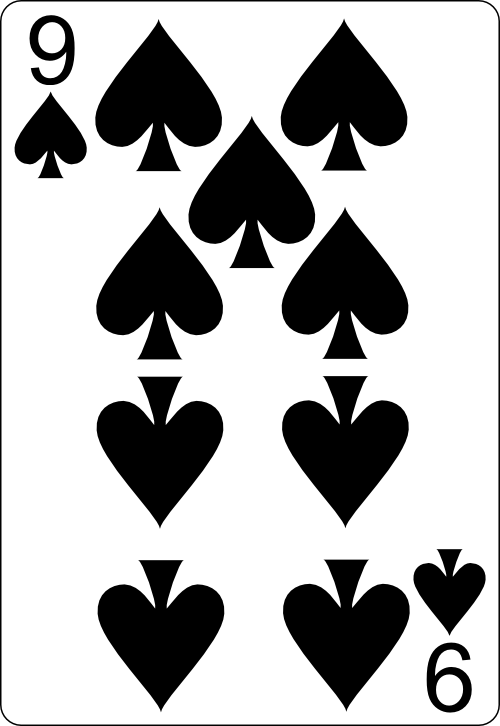    9♠️ |
#3 – Four of a Kind
Four cards of the same rank.
  4♠️ |      4♣ |   4♥️ |     4♦️ |     9♠️ |
#4 – Full House
Three cards of one rank and two cards of another rank.
  A♣️ |    A♦️ |    A♥️ |      4♣️ |     4♦️ |
#5 – Flush
Five cards of the same suit, not in sequence.
  5♦️ | 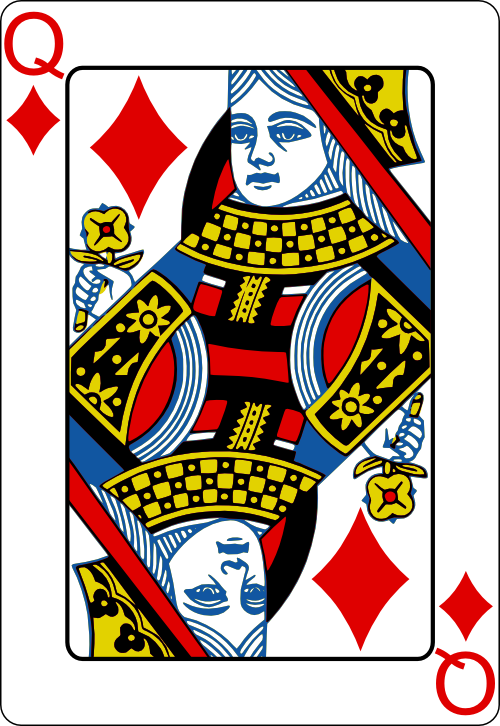  Q♦️ |   3♦️ |    10♦️ |    A♦️ |
#6 – Straight
Five consecutive cards of any suit.
  10♣️ |    J♦️ |    Q♠️ | 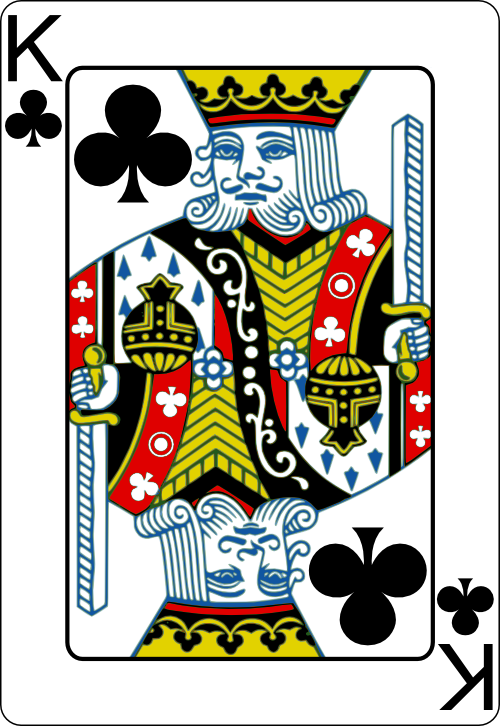  K♣️ |    A♥️ |
#7 – Three of a Kind
Three cards of the same rank.
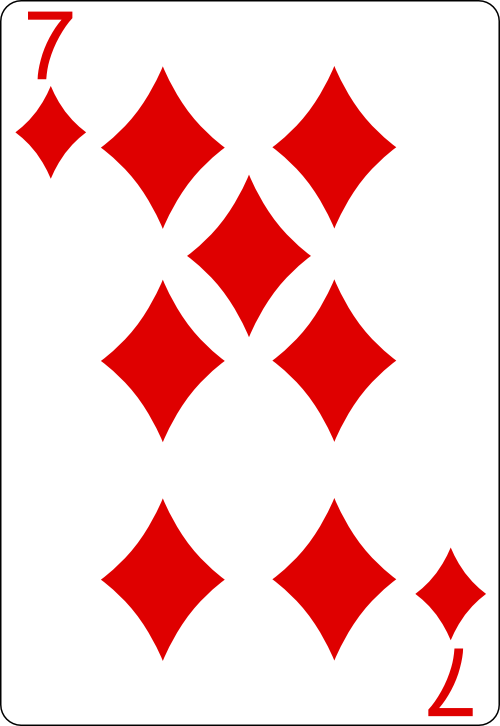  7♦️ | 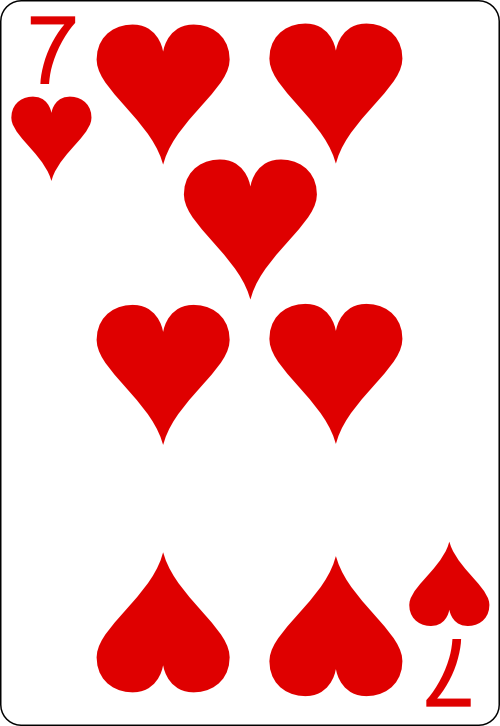  7♥️ |    7♠️ |   K♥️ | 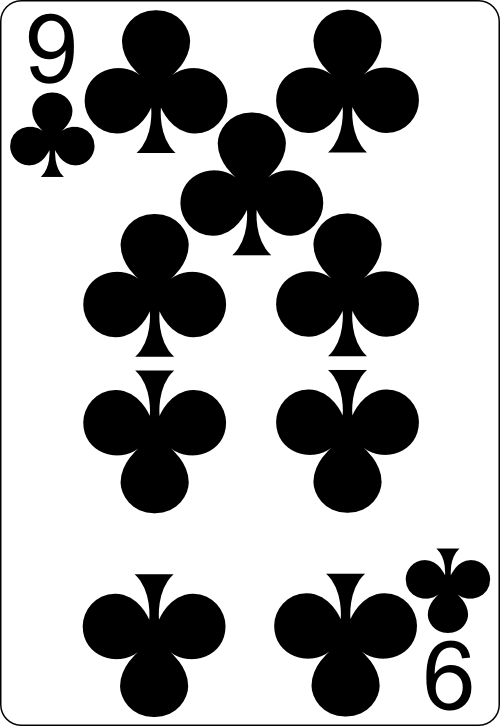  9♣️ |
#8 – Two Pair
Two different pairs of cards.
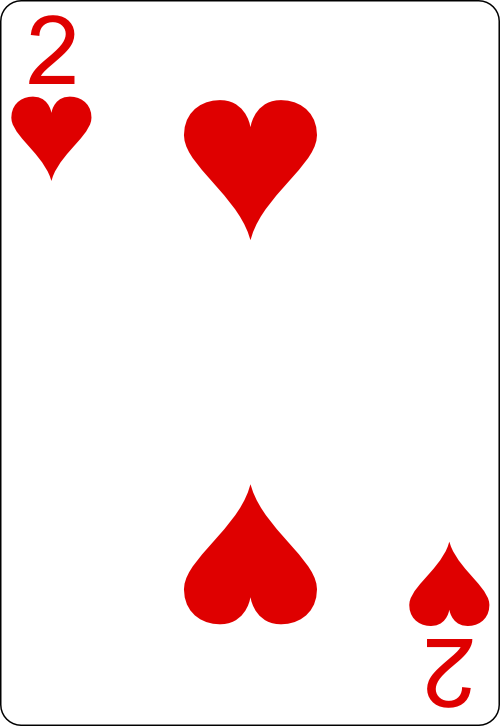    2♥️ |   2♠️ |   J♣️ |    J♦️ |     4♦️ |
#9 – Pair
Two cards of the same rank.
   10♠️ |    10♦️ |      4♣️ |    5♠️ |     2♥️ |
#10 – High Card
When you don’t have any of the above hands, your highest card is your hand.
    9♠️ | 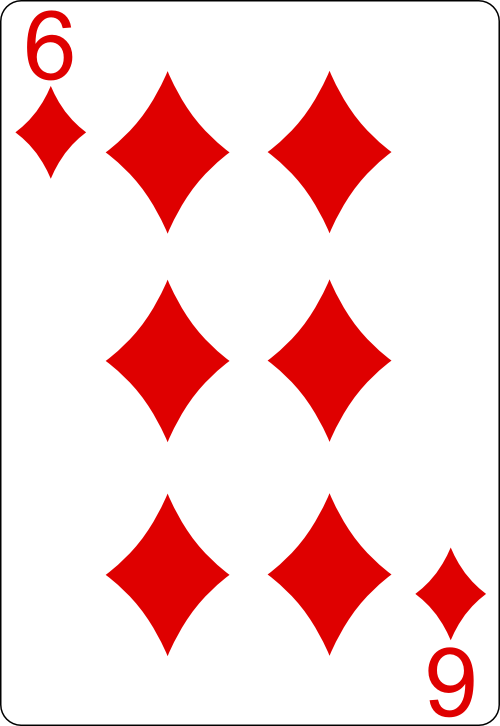  6♦️ |      4♣️ |   3♠️ |     2♥️ |
By understanding the value of cards and the ranking of poker hands, you will be better equipped to play and succeed at poker. For more detailed information on each type of poker hand, check out our comprehensive guide on poker hand rankings.
The Mechanics of Poker
Comprehending the mechanics of poker is essential for anyone looking to understand how to play poker effectively. This includes the deal, betting rounds and the showdown.
The Deal and the Betting Rounds
At the start of a poker game, players are dealt their initial cards, known as the ‘hole cards’ in Texas Hold’em poker. The number of cards dealt varies depending on the type of poker being played. For instance, in Texas Hold’em, each player receives two hole cards.
After the deal, the betting rounds begin. These include the pre-flop, flop, turn, and river rounds. In each round, players have the option to check, bet, fold or raise, depending on the strength of their hand and their strategy.
| Round | Action |
|---|---|
| Pre-flop | Players receive their hole cards and the first betting round begins. |
| Flop | Three community cards are dealt face-up on the ‘board’. The second betting round starts. |
| Turn | A fourth community card is dealt, followed by the third betting round. |
| River | The final community card is dealt, triggering the last betting round. |
Understanding when to take which action during these betting rounds is crucial in mastering the game of poker. For more on the basics, refer to our guide on poker basics.
The Showdown
The showdown is the final phase of a poker game. This occurs when the last betting round is completed, and there are two or more players left in the game. Players reveal their hands, and the player with the highest-ranking hand wins the pot.
In case of identical hands, the pot is split equally amongst the players with the highest hands. Understanding the poker hand rankings can help players determine the strength of their hand during the showdown.
Understanding the mechanics of poker, from the deal to the showdown, is a critical step in learning how to play poker effectively. It’s also important to familiarize yourself with poker terminology to follow the game and improve your strategy.
Poker Strategy
Becoming proficient at poker involves more than simply understanding the rules of the game. It requires a solid strategy, whether you’re a beginner or an advanced player. In this section, we’ll discuss basic and advanced poker strategies to help you improve your gameplay.
Basic Poker Strategy
If you’re new to poker, it’s crucial to start with a basic strategy. This includes understanding which hands to play and which ones to fold. As a rule of thumb, you should only play strong hands and fold the weaker ones. This reduces the chances of losing your chips early in the game. Check out our guide on poker starting hands for more information.
Another important aspect of basic poker strategy is position. The best position is being the last to act, as it gives you crucial information about your opponents’ hands. For example, if everyone folds before you in pre-flop, you can play a wider range of hands. If there’s a lot of action before you, it’s safer to only play the strongest hands.
Lastly, it’s essential to bet strategically. This involves understanding when to bet, raise, call, or fold. The goal is to make decisions that have a positive expected value, meaning they will make a profit in the long run.
| Basic Strategy | Description |
|---|---|
| Playing Strong Hands | Only play hands that have a high probability of winning. |
| Position | Being the last to act gives you more information about your opponents’ hands. |
| Betting Strategy | Understand when to bet, raise, call, or fold to maximize your potential profit. |
Advanced Poker Strategy
Once you’ve mastered the basics, it’s time to move on to advanced poker strategy. This involves understanding the subtleties of the game, such as reading your opponents and bluffing.
Reading your opponents involves observing their behaviors and betting patterns to gauge the strength of their hands. This can help you make more informed decisions about whether to bet, call, or fold.
Bluffing is another key component of advanced poker strategy. This involves making your opponents believe you have a stronger hand than you actually do. However, bluffing is a risky strategy that should be used sparingly and only in the right situations.
Another advanced strategy is slow-playing, which involves playing a strong hand as if it’s weak to lure your opponents into betting more. This can help you maximize your winnings when you have a strong hand.
| Advanced Strategy | Description |
|---|---|
| Reading Opponents | Observe your opponents’ behaviors and betting patterns to gauge the strength of their hands. |
| Bluffing | Make your opponents believe you have a stronger hand than you do. |
| Slow-Playing | Play a strong hand as if it’s weak to lure your opponents into betting more. |
Learning how to play poker effectively involves understanding and applying these strategies. However, remember that poker is a game of skill and luck. Even with the best strategies, there will be times when the cards simply don’t fall in your favor. The key is to stay patient, keep learning, and enjoy the game. If you need a refresher on poker basics or hand rankings, feel free to revisit our guides on poker basics and poker hand rankings.
Poker Etiquette
When learning how to play poker, understanding the game’s etiquette can make the experience more enjoyable for everyone involved. Poker is not just about the cards but also about the social interaction and respect for other players at the table.
Understanding Poker Table Manners
Firstly, it’s crucial to understand the basic table manners in poker. These include:
- Respect the dealer: The dealer is responsible for maintaining the flow of the game. Always respect their decisions and avoid arguing with them.
- Wait your turn: Patience is key in poker. Wait for your turn before making any moves or announcing your hand.
- Keep your cards visible: Keep your cards on the table where everyone can see them to avoid any confusion or suspicion.
- Avoid slow play: While poker is a game of strategy, excessively slow play can frustrate other players and slow down the game.
- Be gracious in victory or defeat: Whether you win or lose, always be respectful to your fellow players.
For more details on poker table manners, refer to our detailed guide on poker basics.
Common Do’s and Don’ts at the Poker Table
There are also certain do’s and don’ts that every poker player should be aware of:
Do’s
- Do pay attention to the game: Keep track of the action to avoid slowing down the game.
- Do know the rules: Familiarize yourself with the rules of the game and the specific rules of the table you are playing at.
- Do use clear gestures: Make sure your actions at the table are clear and unmistakable to avoid any confusion.
Don’ts
- Don’t talk about a hand in progress: Discussing a hand while it’s still in progress can influence the outcome and is generally considered poor etiquette.
- Don’t show your cards until the showdown: Revealing your cards before the appropriate time can give other players an unfair advantage.
- Don’t splash the pot: When making a bet, place your chips neatly in front of you to avoid confusion.
By following these do’s and don’ts, you can ensure a fair and enjoyable game for everyone at the table. For more information on poker strategy and hand rankings, check out our articles on poker hand rankings and poker starting hands.
Frequently Asked Questions
In this section, we’ll address some common misconceptions about poker and provide tips for improving your game.
Common Misconceptions about Poker
- Poker is a Game of Luck: While luck plays a part in any single hand, over time, skill becomes the defining factor. Understanding the basics of poker and mastering strategies can significantly tilt the odds in your favor.
- Bluffing is Essential: Bluffing is just one aspect of poker strategy. While it can be effective at times, relying solely on bluffing is not a sustainable strategy. Executing a successful bluff requires a deep understanding of your opponents and the game situation.
- The Best Hand Always Wins: This is not always true. A key aspect of poker strategy is the ability to convince your opponents to fold better hands through strategic betting.
- Online Poker is Rigged: This is a common misconception among players who experience a run of bad luck. Reputable online poker platforms use random number generators to ensure fair play.
- Playing More Hands Increases Winning Chances: Playing more hands does not necessarily increase the chances of winning. It’s the quality of the hands you play, not the quantity. Knowing the poker hand rankings and starting hands is crucial.
Tips for Improving Your Game
- Understand the Basics: Before diving into advanced strategies, ensure you have a firm grasp on the basics of poker. This includes understanding the game’s rules, poker hand rankings, and poker terminology.
- Start with Lower Stakes: Starting with lower stakes allows you to understand the game dynamics and develop your poker strategy without risking too much money.
- Be Patient: Patience is a virtue in poker. Wait for good hands and don’t feel compelled to play every hand.
- Study Your Opponents: Pay attention to your opponents’ habits and tendencies. Understanding your opponents can give you an edge in predicting their moves.
- Learn from Your Mistakes: Everyone makes mistakes in poker. The key is to learn from these mistakes and adjust your strategy accordingly.
- Keep Learning: Poker is a game of constant learning. Keep up-to-date with the latest poker strategies and trends to improve your game.
Remember, the journey to mastering poker is a marathon, not a sprint. Taking the time to understand the game and develop your strategy will set you up for long-term success.

